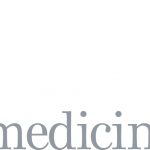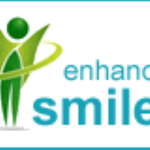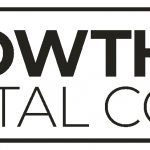
Do you want to live a longer, healthier life without chronic aches, pain, or chronic illness? Your oral cavity, gums, and dental status can provide an ample “mouthful of evidence” of your health status. Your physician most likely overlooked the dental-oral connection to your health. Medical doctors rely on dentists to care for your teeth, and common procedures can lead to making your health worse over time.
Hidden dental problems may be as bad as or worse for your health than obesity, hyperte...
Read More








